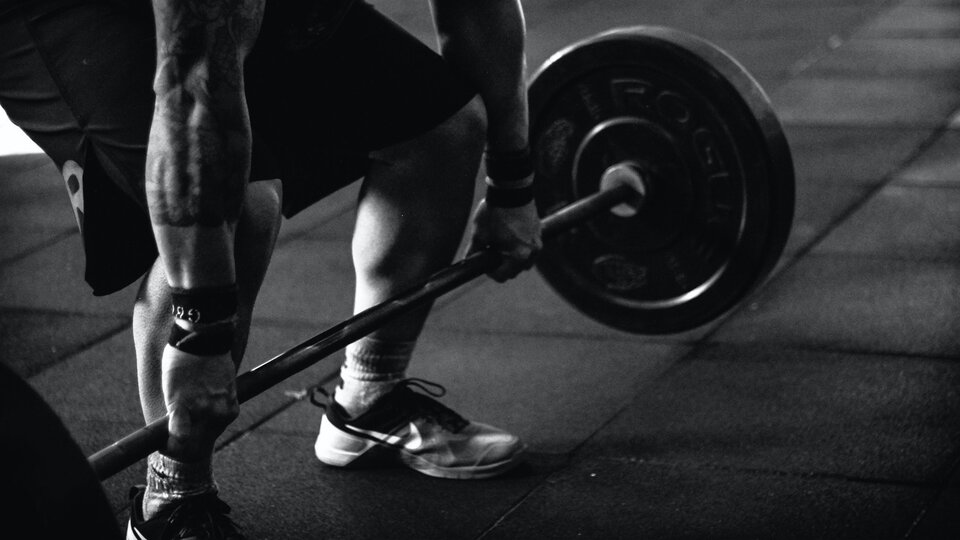Products You May Like
Getting bigger is about more than just adding more sets and piling on more weight. Don’t get me wrong, increases in volume and progressive overload are definitely key players in muscle growth. But using momentum and limiting yourself strictly to the dumbbell rack will only get you to a certain point of muscle growth. If you’re looking to maximize your mass gains, you must intentionally isolate and mechanically stress the muscle you’re trying to target. And that all comes down to physics. Let’s talk about strength curves/resistance profiles.
What Are Strength Curves/Resistance Profiles
If you have lifted a weight or two in your recent past, you may have noticed that it felt “heavier” at certain points during the lift and “lighter” at other points. For example, you know that if you can get that dumbbell up past that tough half-way point in a bicep curl, it’s going up the rest of the way no problem. Or if you can get past the sticking point near the bottom of a bench press, you can probably lock it out at the top.
This is because the torque on a muscle is not constant throughout an exercise. Unless you’re training on fancy pieces of equipment like a Biodex machine, most commercially available gym equipment uses variable resistance. This means that as the angle of your joint changes in relation to the weight you’re lifting, so does the mechanical tension on the muscle.
Putting The Science to Work
For example, let’s say you are trying to grow massive pecs. Since pectoralis major is largely responsible for horizontal adduction, you may be attracted to an exercise known as the dumbbell chest fly.
Let’s think about what happens at the top of the movement. As the dumbbells approach each other at the center line, the joints become stacked, and there is a moment of significantly decreased tension in the pec muscles. Even though you felt your chest muscles working hard at the bottom of the movement, the torque on the muscle decreased substantially as the horizontal distance (moment arm) between the weight and the shoulder joint (axis of rotation) decreased. The weight feels subjectively “lighter” at the top of the movement compared to the bottom half.
Let’s think about how we can use this concept to keep tension on the muscle we’re trying to grow, throughout the entire motion by turning the exercise onto its feet and adding some cables.
With the cable anchored laterally and slightly behind you, the resistance remains constant as the hands approach midline. What you get is more tension over a greater range of motion and a longer period of time, and we know that these factors play key roles in muscle growth.
Let’s go through one more example in case that one didn’t make sense to you. Most people’s go-to exercise for massive quadriceps is the squat. But does the resistance profile of a squat put the greatest amount of tension on the quad muscles?
When you drive out of the bottom of a squat, the quads contract to perform their job of extending the knee. But once you get past the sticking point and your joints become more extended and stacked relative to one another, they require less and less quad contraction. At the top of the movement, the quads have lost a large amount of their tension.
A better option to not only maximize time under tension, but also for a more focused contraction for your quads is to pay a visit to the leg extension machine.
As you extend your knees to initiate the leg extension, the resistance moves further away from the knee joint (axis of rotation), which increases the torque on the quad muscles. There is somewhat of a bell-curve nature to this movement’s strength curve, meaning that torque is slightly lower at the beginning and end of the exercise. But the leg extension can impart considerably more tension through the quadriceps than a standard squat, especially in the rectus femoris muscle, resulting in more gains over time.
If you have hit a plateau in your muscle building quest, take a hard look at your training plan. Are you being smart about your exercise selection and choosing the ones that are most likely to induce muscle hypertrophy? Or are you choosing them at random based on what one dude does on IG?
